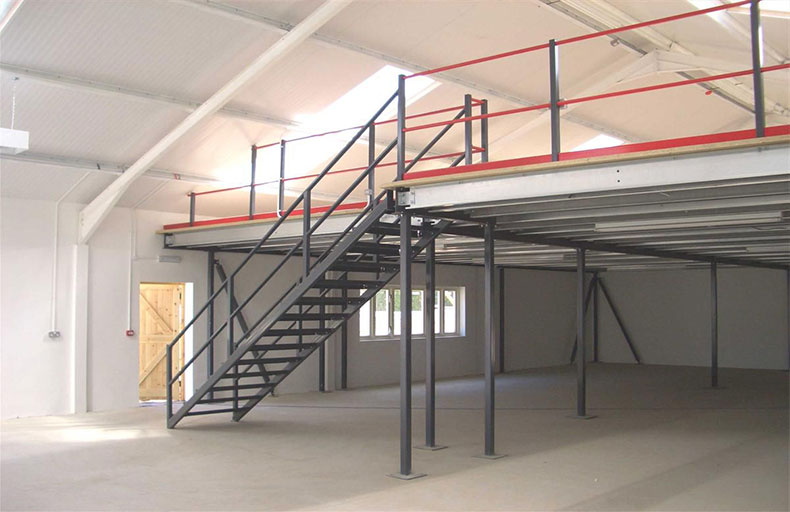
Mezzanine Floor Steel Structure Cost
Mezzanine floors have become an essential component of modern industrial and commercial spaces, providing additional space for storage, offices, and various other purposes. The steel structure is a popular choice for constructing mezzanine floors due to its cost-effectiveness, durability, and versatility. In this essay, we will explore the factors that influence the cost of mezzanine floor steel structures, highlighting their efficiency, versatility, and overall value.
Efficiency
Efficiency is a critical factor when it comes to mezzanine floor steel structures. These structures are known for their efficiency in space utilization, making them an attractive choice for businesses looking to optimize their available space. By using vertical space efficiently, mezzanine floors help businesses expand without the need for costly building extensions or relocating to larger premises. This can result in significant cost savings compared to other expansion options.
The cost efficiency of mezzanine floors is further enhanced by the speed of construction. Steel structures can be pre-fabricated and assembled on-site relatively quickly, minimizing disruptions to ongoing operations. This efficiency is particularly important in industries where downtime can be expensive, such as manufacturing and logistics.
Versatility
Mezzanine floor steel structures are incredibly versatile, making them suitable for a wide range of applications. They can be customized to meet the specific needs of a business, whether that entails creating additional storage space, new office areas, retail displays, or even assembly lines. The ability to adapt the mezzanine's purpose makes it a cost-effective solution for businesses with evolving requirements.
Additionally, steel structures allow for easy integration of utilities such as electrical wiring, plumbing, and climate control. This versatility ensures that the mezzanine can support various operations, from warehousing to office spaces, without requiring extensive modifications or additional costs.
Cost Factors
The cost of constructing a mezzanine floor steel structure can vary depending on several factors:
Size and Height: The size and height of the mezzanine floor will significantly impact the cost. Larger and taller structures require more materials and labor, leading to increased expenses.
Load-Bearing Capacity: Mezzanines must be designed to accommodate specific load requirements. A higher load-bearing capacity necessitates more robust steel structures, which can increase costs.
Design Complexity: Intricate designs or unique features, such as specialized flooring, railings, or aesthetics, can drive up the cost of the steel structure.
Permits and Regulations: Meeting local building codes and obtaining permits may add to the cost, as these processes can involve fees and architectural adjustments.
Location and Site Conditions: The location of the mezzanine within the building and the site conditions can influence construction costs. Accessibility, existing infrastructure, and the need for additional support systems are factors to consider.
Accessories and Additions: Accessories such as stairs, lifts, handrails, and safety features can contribute to the overall cost of the mezzanine floor.
Value
While there is an initial investment associated with mezzanine floor steel structures, the value they offer makes them a cost-effective choice in the long run. The efficiency and versatility of these structures allow businesses to maximize their existing space, potentially avoiding the need for costly relocations or new construction. Furthermore, the durability of steel ensures a long lifespan, reducing maintenance and replacement costs over time.
In conclusion, mezzanine floor steel structures represent a cost-effective solution for businesses seeking to optimize their space and adapt to changing needs. Their efficiency, versatility, and long-term value make them a compelling choice for various industries. While the initial cost may vary depending on several factors, the potential for space utilization, improved productivity, and cost savings make the investment worthwhile for many businesses.
